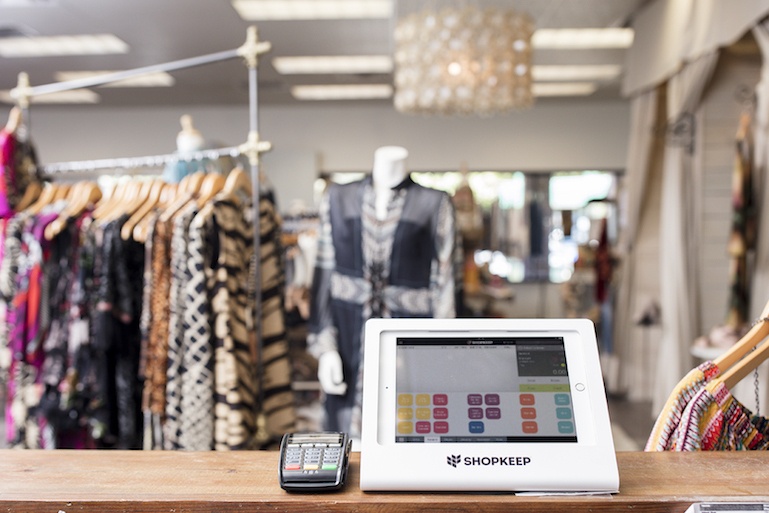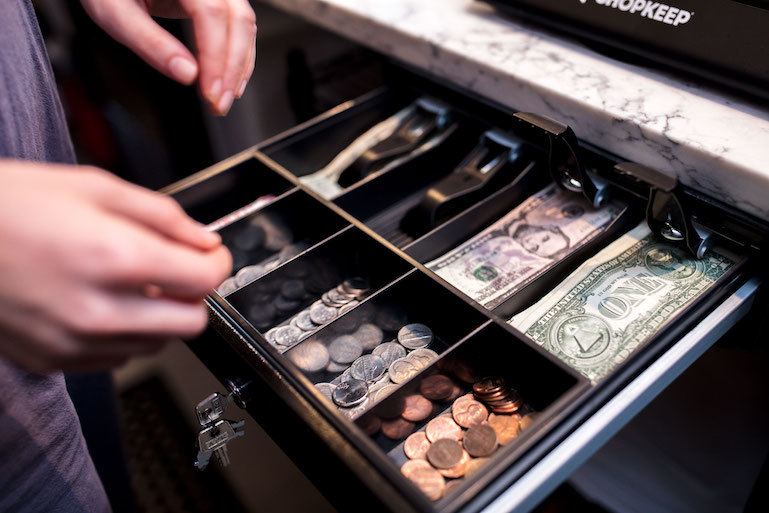
7 Ways Equipment Financing Can Boost Your Retail Business
No matter what your business plans are, you will probably need expensive equipment far beyond what you can find on the traditional consumer market.
A contractor might need a backhoe; a farmer needs a thresher. This requirement is true even for retailers; you will likely need new computers, point-of-sale systems, or some specific machinery – maybe a 3D printer or a restaurant-grade blender or a kiln – that is necessary to make your retail empire soar.
How can you afford such equipment before a single customer has walked into your storefront? Many small retailers turn to equipment financing to get their business up and running.
What Is Equipment Financing?
Equipment financing involves receiving a loan to buy new or used equipment for your business. These types of loans are often approved quickly and have a term based on the expected lifespan of the equipment. The equipment itself acts as collateral for the loan.
While many people know equipment financing can be used to purchase heavy construction machinery like forklifts or steamrollers, the truth is that lenders offer financing for pretty much any equipment a business needs, including furniture, software, delivery vehicles, appliances, and food trucks.
As a retailer, you will likely need at least some shelving, a point of sale system, and maybe a vehicle. If you think about what your small business needs to succeed, you can probably compile a detailed list. If the equipment can help your business, it can probably be financed.
Qualifying for equipment financing depends on the lender. Many lenders will want you to be in business for at least a year, have a minimum of $50,000 in revenue, and have a credit score above 650. However, if you have been in business for 3 to 6 months and can demonstrate that you have a solid stream of revenue, you have a good shot at qualifying even if your business is young or your credit score is not that great.
Manage Cash Flow, Liquidity, and Risk
The most obvious reason to take advantage of equipment financing is that it makes managing your cash flow easier. Instead of paying thousands of dollars upfront on pricey equipment, you can make fixed monthly payments.
By financing equipment, you can invest your funds in other parts of the business, like developing exciting new products.
“Equipment financing is a source of funding that lets you hold onto your cash, or working capital, so it can be used for other areas of your business, such as expansion, improvements, marketing, or R&D,” says the Equipment Leasing and Finance Association (ELFA), an advocate group for the equipment financing industry.
When a business is young, liquidity is extremely important because the future can be so uncertain. Equipment financing allows you to keep cash on hand to cover any unexpected costs that arise.
Because of this, equipment financing allows you to manage risk as well as maintain costs. If you spent all your money on a piece of expensive machinery, you’re less likely to take a risk on another aspect of your business – a risk that could take you to the next level.
“Equipment financing can help mitigate the uncertainty of investing in a capital asset your business needs until it achieves a desired return, increases efficiency, saves costs, or meets other business objectives,” the ELFA explains.
SEE ALSO: Opening Up a Retail Store? Here’s What You Need to Know
No Money Down
Although it can vary from lender to lender, equipment financing usually requires no large down payments from small business owners to get started. This is the big reason why equipment financing can help keep your costs low while your business is in its infancy.
Lenders know cash flow is critical for small businesses, which is why they will often cover 100 percent of equipment costs up front. For many other loans, this is not the case, but equipment financing is special. Of course, terms can depend on your store’s revenue and your credit score, but it should be a factor in considering equipment financing against other options.

Conserve Your Bank Lines
Equipment financing allows you to keep other lines of funding open. Unless you are unusually lucky, your small business will likely lose money while it starts up. Many small businesses aren’t profitable for at least two or three years.
During this time, you will likely consider applying for a business loan from a bank to cover your many expenses like marketing, hiring new employees, or buying more inventory. If you utilize equipment financing, you won’t have to use loans from the bank for equipment.
By using a lender for equipment financing, you can invest money from bank loans into other parts of your operation.
Stay Up to Date with Technology
The hard truth about buying equipment is that it will become obsolete at some point. Just by using it you are ensuring it will wear out somewhere down the road. The most risk-averse option is to budget money to save every month for your equipment’s eventual repair or replacement.
However, this ideal of financial planning probably doesn’t gel with the messy realities of running your small business.
Fortunately, equipment financing can allow you to receive the latest tech that you might not be able to afford to purchase.
Many equipment financing arrangements have a term that covers the expected life of the equipment. Once the equipment is paid off, you can then choose to finance newer equipment.
Some agreements even allow for tech upgrades or replacements during the term of the loan – you should definitely ask your lender about these options.
Disposing of broken or obsolete equipment can become a major regulatory hassle for small business owners because of environmental laws. Some lenders include disposal as part of the agreement, which can be a savior years later when you’re wondering how to get rid of a giant piece of machinery.
SEE ALSO: Want More Time and Money? Start Using Technology in Retail
Improve your point-of-sale
For retailers, payment processing and point of sale software have been changing rapidly over the past decade. Just a few years ago, any store clerk would think you were nuts if you tried to pay with your iPhone.e
A reliable point of sale system like ShopKeep is essential for any retail business. Nowadays, there are plenty of tablet options that are easily attainable via equipment financing.
These systems accept a wide range of payment options, from cash to EMV chip cards to smartphone payments. Unlike the enormous cash registers of yesteryear, these were built to adapt to possible developments in payment processing down the road.
A solid POS system does far more than take payments – you can manage employee hours, track inventory levels, and understand sales trends because of all the data the software collects.
While POS systems are becoming more affordable, they still represent a large upfront cost. Because this system holds all the crucial information for many smaller retailers, you probably want to have a POS provider as early in the life of your business as possible. This system is where equipment financing can offer a real advantage.
Plan for Inflation
Another way equipment financing allows you to manage risk is by allowing you to hedge for future inflation. Although many economists believe inflation will remain tempered in 2019, some are saying there will be some economic volatility within the next 24 months.
If inflation rears its head, the equipment you bought with cash today would be worth less tomorrow regardless of how much you used it.
“Equipment financing may hedge inflation risk because instead of paying the total cost of equipment up front or with a large down payment in today’s dollars, the stream of payments delays your outlay of funds,” the ELFA suggests.
With equipment financing, though, you can ask for a fixed rate that exists as of the date of closing. This rate will continue even if the wider economy heads toward rough waters.
“In other words, the finance company absorbs the devaluation of your payments over time due to inflation and other financial risks,” according to the ELFA.
Possible Tax Advantages
There can be some potential tax advantages if you use equipment financing. Section 179 of the IRS tax code carves out a special advantage for equipment financing that is not available when purchasing with cash or a traditional bank loan.
“Financing can further enhance the bottom line by eliminating the upfront cash outlay typical of an equipment purchase while still preserving the Section 179 deduction,” says Kenneth Werner of the Cisco Blog.
The legislation passed in 2017 overhauling the tax bill impacted how the equipment financing deductions worked, especially for businesses with revenues over $25 million.
If you are serious about potential tax advantages, you may also want to look at equipment leasing options. Equipment lease payments are 100 percent deductible with no limit.
“For companies that are uncertain about whether the interest expense cap will apply to them in future years, leasing today can ensure future tax deductions are preserved,” City National Bank said in a 2018 report.
Of course, consult your tax professional before making any decisions about equipment financing if you are looking to lower your tax bill.
Want to try ShopKeep for yourself?
Just answer a few easy questions.
Need help finding the right point of sale?
Just complete the form. We’ll call you right back to explain how ShopKeep can work for you.
Hit the ground running.Sprinting, in fact!
Read our free, comprehensive guide, Small Business 101, to learn all you need to know about starting a thriving business.

